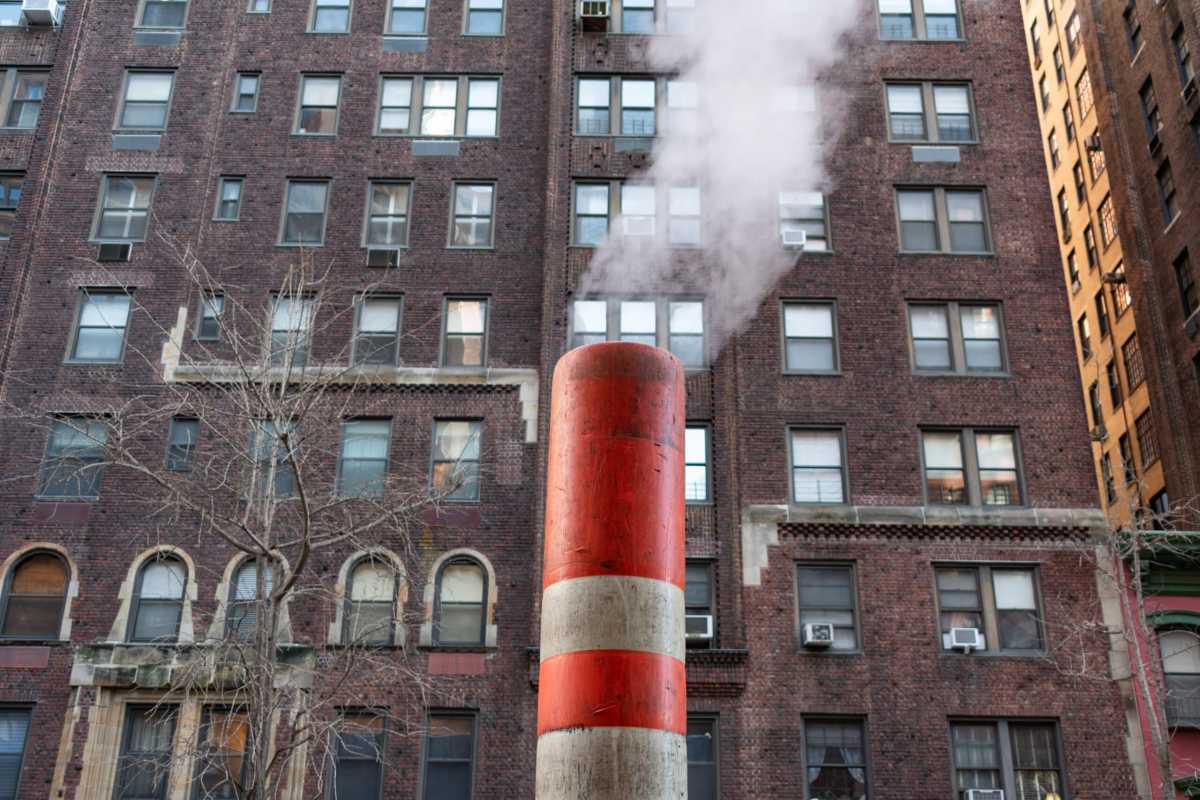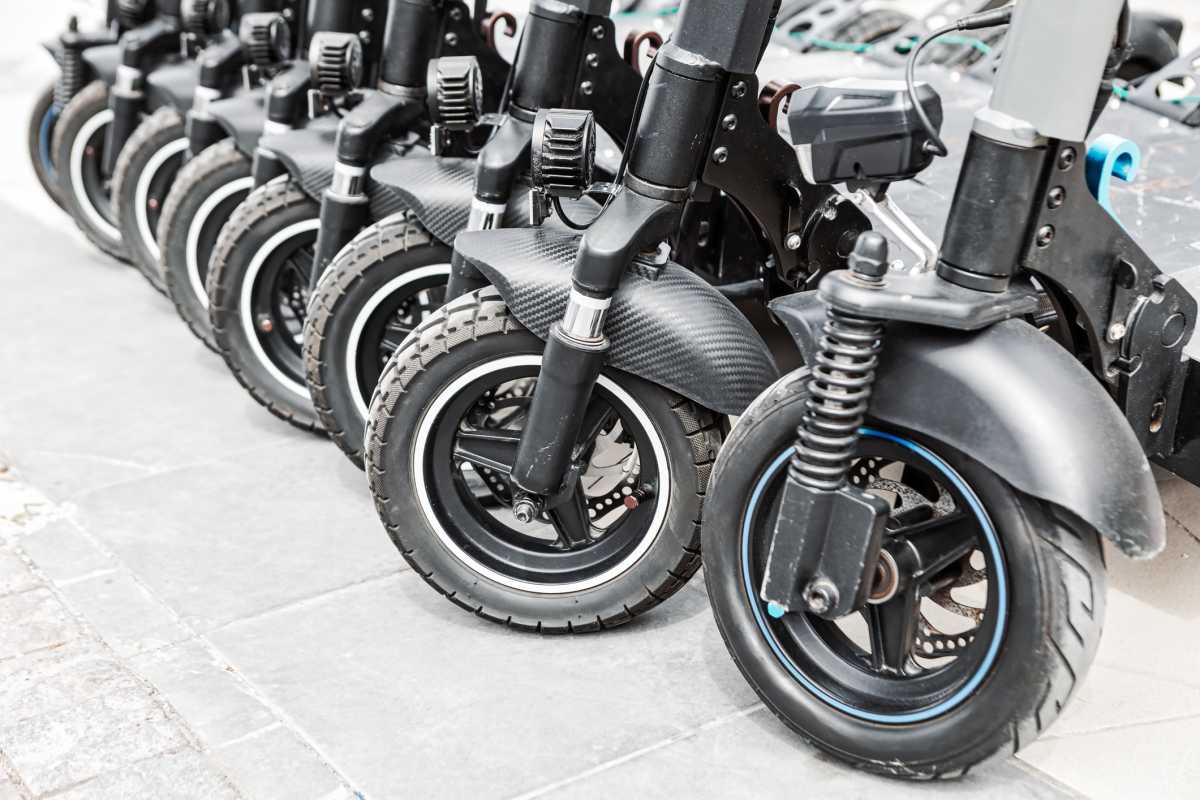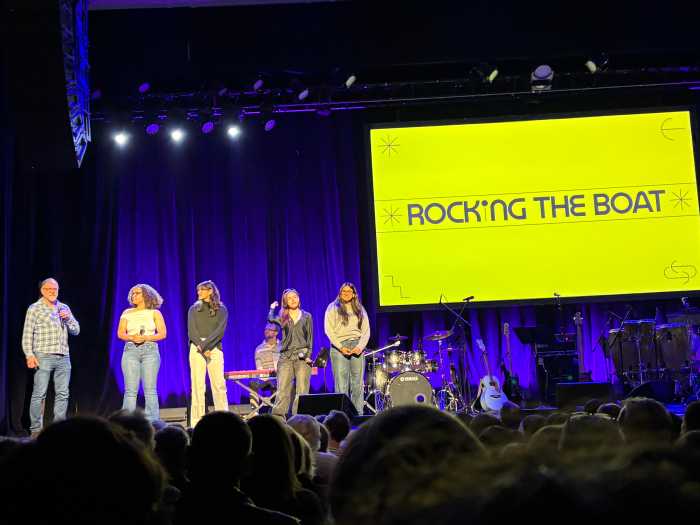“Go outside and take a breath of fresh air!” How many times have you heard or even said that phrase before? Most New Yorkers would agree that the pungent odors that come from mountains of garbage on the sidewalk, wafts of the warm air from the subway grates or sweaty bodies pressed up against one another in a urine-filled subway is one met with a wrinkled nose, and the Spanish exclamatory “fo!” instead of a bright refreshed smile. There are respites of “fresh air” in our parks, gardens and even scents of delectable food coming from restaurants. People often take access to fresh air for granted; residents of the South Bronx are not afforded the same privilege.
Due to four intersecting highways, old building heating systems, a Fresh Direct warehouse and a private waste transfer station and large industries (including Hunts Point Market), the South Bronx is exposed to many sources of air pollutants. The presence and concentration of these polluting sources in the Bronx is a product of discriminatory policies such as redlining, urban renewal and zoning.
We all have smelled exhaust from cars and buses and experienced foul smells; what’s the big deal? In 2015-2017, fine particulate matter (PM2.5) alone was attributed to at least 2,000 deaths, 1,400 hospitalizations for cardiac or respiratory issues and 3,750 emergency department visits for asthma in New York City. During this same period, the annual asthma hospitalization rate for children up to 17 years old in the Bronx was almost two times the annual city rate and approximately 1.5 to 4.5 times the rate of the other four boroughs. The South Bronx experiences even worse outcomes than the borough and the rest of New York City. Such that children in the Hunts Point-Mott Haven (predominantly Black and Hispanic neighborhoods in the South Bronx) area are visiting the emergency room due to fine particulate matter at 1.3 times the rate of the Bronx and 13.7 times the rate of the predominantly white Greenwich Village-SoHo area between 2015 and 2017.
The health impacts above are from only one type of air pollutant — albeit the most harmful urban air pollutant — but there are five more that the U.S. EPA regulates due to their potential harm. These pollutants include ozone, nitrogen dioxide, lead, carbon monoxide and sulfur dioxide. This small, non-exhaustive list of common air pollutants present or regularly measured in New York City causes a variety of health problems in humans, including fatigue, respiratory system irritation and damage, aggravated asthma and other existing lung diseases and respiratory ailments, cancer, preterm birth and even death.
While general air quality in New York City has improved over the years, the South Bronx is still left behind. With the abundance of air pollutant sources present in the South Bronx, it is no surprise that many South Bronx residents have asthma. Asthma due to poor air quality is so chronic that the South Bronx neighborhood of Mott Haven is dubbed “Asthma Alley.”
Bronx residents are no stranger to persevering through adversity and coming back stronger and with a richer culture to share with the world. However, a little help along the way does not hurt. The Climate and Community Investment Act may be the support the South Bronx and other New York communities need to protect outdoor air quality. The main component of this bill will create a climate pollution fee. The expected $15 billion revenue from the fee will be used to help New York state transition to clean, renewable energy, with a specific focus on investing in disadvantaged communities, such as the South Bronx.
While one policy will not clean our air or reverse the damage already done, this is one step closer to holding industries accountable and seeking transformative justice for communities experiencing environmental racism. One day, South Bronx residents shall be able to go outside and take a well-deserved breath of fresh air — mixed with the other lovely smells of New York City, of course.
Kaitlin Hiciano is Master of Public Heath candidate at the Gillings School of Global Public Health, The University of North Carolina at Chapel Hill.

























